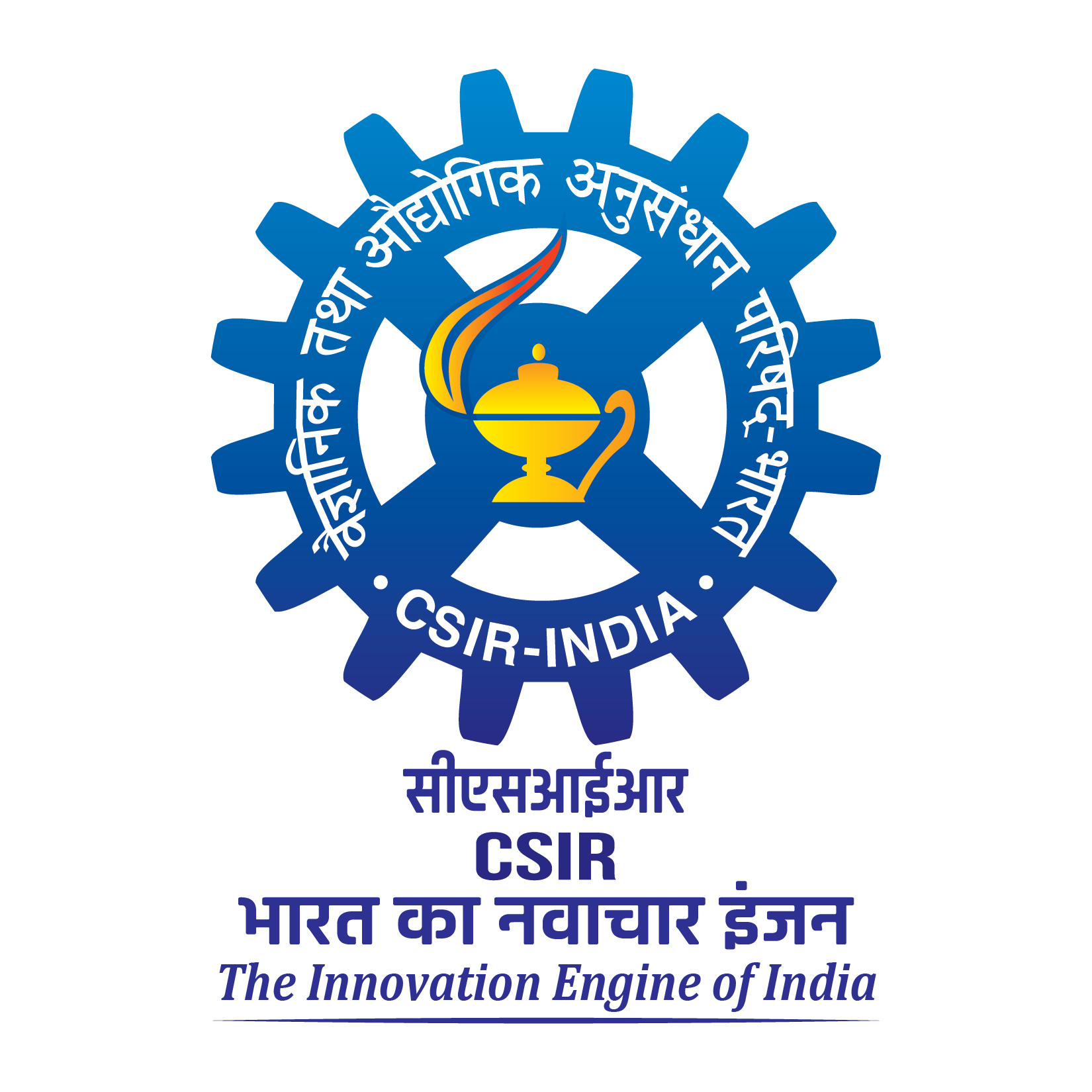by Iranna Gogeri, K. C. Gouda & T. Sumathy
Atmospheric carbon dioxide (CO2) is considered as most significant greenhouse gas (GHG) in terms of its global warming potential and human-caused emissions. In Indian context, CSIR Fourth Paradigm Institute has established continuous monitoring of GHG stations at Hosakote nearer to Bengaluru, India. In the present study, seasonal autoregressive integrated moving average (SARIMA) model has been developed based on evaluation criteria, considering its statistical performance and ability to capture the trend and patterns in CO2 concentration at station scale which will be useful in regional studies. The present work addresses to find an optimized SARIMA configuration for the accurate prediction of the CO2 concentration and to provide a projection of the same in the near future i.e., till 2027. The proposed model is being trained with data from October 2016 to December 2020 and the performance is validated by comparing simulated results with the observed data for recent 2 years (2021 and 2022). The statistical measures for the model’s performance has been evaluated by computing the important error parameters and correlation analysis.The study demonstrated that the SARIMA model is very much suitable for forecasting the CO2 concentrations, as it provided accurate predictions by showing good agreement with the observed values.The predicted data align well with observations and capture the seasonal variations, suggesting that model developed in this study has captured the patterns and trends in the CO2 concentration data effectively and can be considered a reliable tool for predicting future CO2 concentrations. Also, the projection made till 2027 using the optimised model and it is predicted that there is slight increase in the CO2 concentrations over the Bengaluru region in the near future time i.e., 2023–2027. These inferences will contribute for understanding the CO2 concentration trends in at station scale and provide valuable insights for policymakers, researchers, and stakeholders involved in climate change mitigation and environmental planning.

